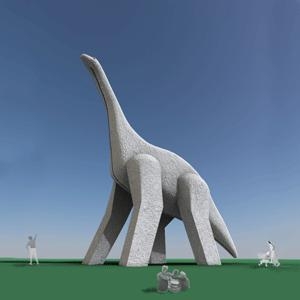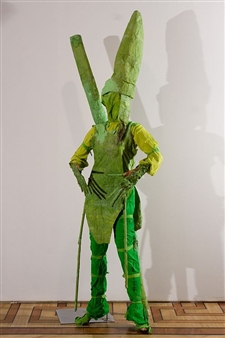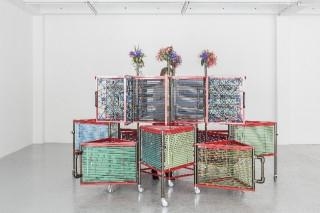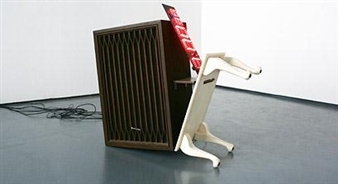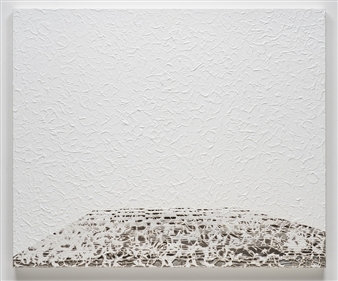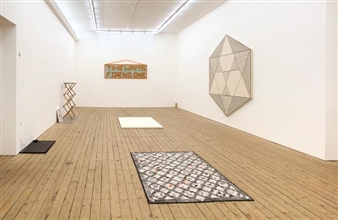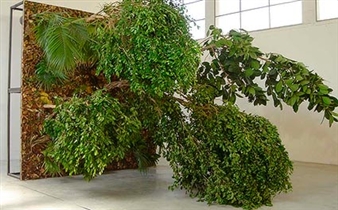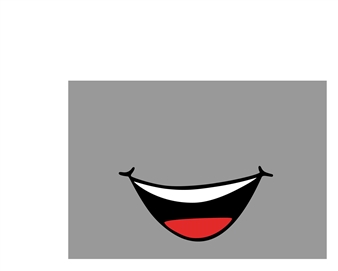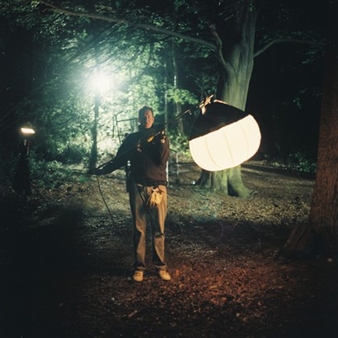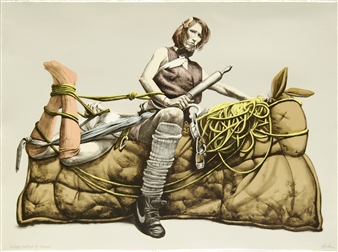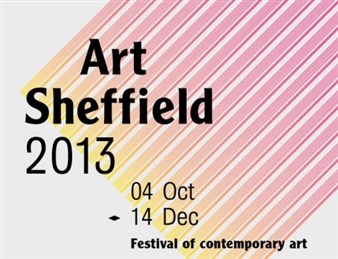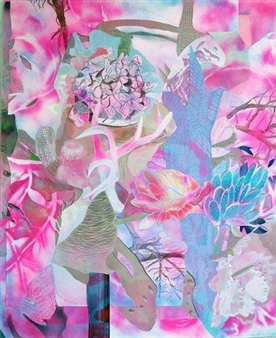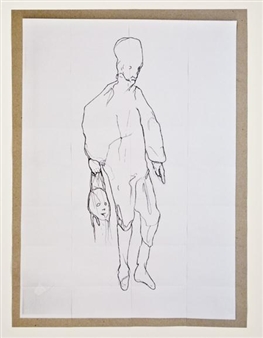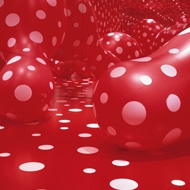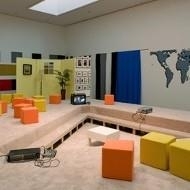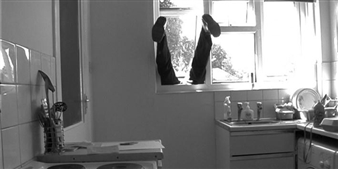Knut Henrik Henriksen: The story of a man who lost interest in his job and started walking in circles
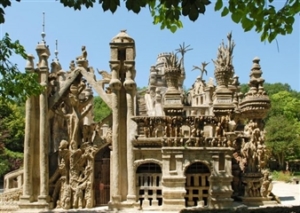
Ealing, London, 03/23/2017 - 05/13/2017
1 - 2 Warner Yard
Le Palais Idéal is a site specific work made in the gallery inspired by the story of Ferdinand Cheval. For 33 years, the French postman collected stones during his daily rounds and carried them home with the intention of building his palace. At first, he carried the stones in his pockets, changing up to a basket and eventually a wheelbarrow. Cheval’s Palais fuses different styles with inspirations from Christianity to Hinduism. Henriksen’s Le Palais Idéal is in homage to Cheval, but it also holds a reflection on labour in general and art and craft in particular, as well as how society’s value system renders certain forms of labour useful and others useless.
For Henriksen there is a definite intent and interest in the social potential of material. The pebble dash used to surface his post- minimalist interpretation of Le Palais Idéal is a material known initially as a basic form of protection for houses. Made first from shells it can still be seen in seaside towns. An ocean of meaning separates the quaint vision of these early versions and the pebble dash blight that is still very much in evidence in large swathes of housing in the UK. Coated houses up and down the country protected from themselves, hiding failing bricks and providing insulation against damp, became the norm during the 1920s as the demand for cheap housebuilding became critical. Pebble dash is found in a register of different colours dependent on the geology of its source, but the practical application has, like wood chip wall paper (another Henriksen favourite), moved from its initial signification of modernity and suburban sophistication to a harbinger of poverty, class and lack of choice.
Infinity, history and modernity; different registers of time play out across the exhibition through a matrix of references to manual labour, mythology, architecture and experience. The Greek mythological figure Sisyphus, caught in the endless task of rolling a boulder up a mountain only to watch it roll down again to hit him in the head, represents a nightmare of eternal labour with maximum effort for minimum gain. Henriksen seeks an inversion of this, to maximise an idea with minimal effort. Along- side Le Palais Idéal, the sculpture Tick Tock looks to measure space with two stationary quasi measuring sticks, articulating and relating to the curve of the gallery’s ceiling. A fallen number 8 becomes an infinity sign in stainless steel, reflecting the space, setting in motion the idea of an endless repetition, a ‘poetification of space’ as Henriksen would have it.
